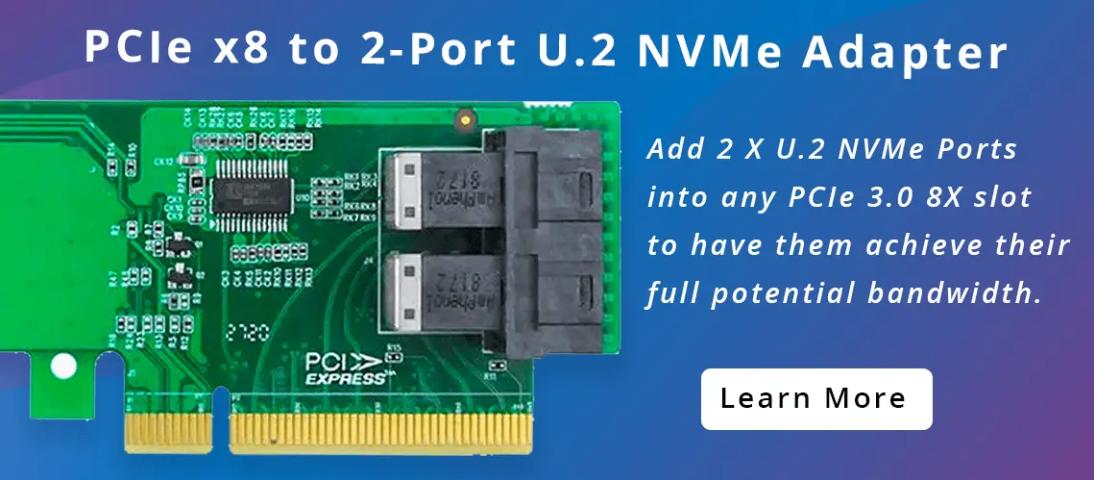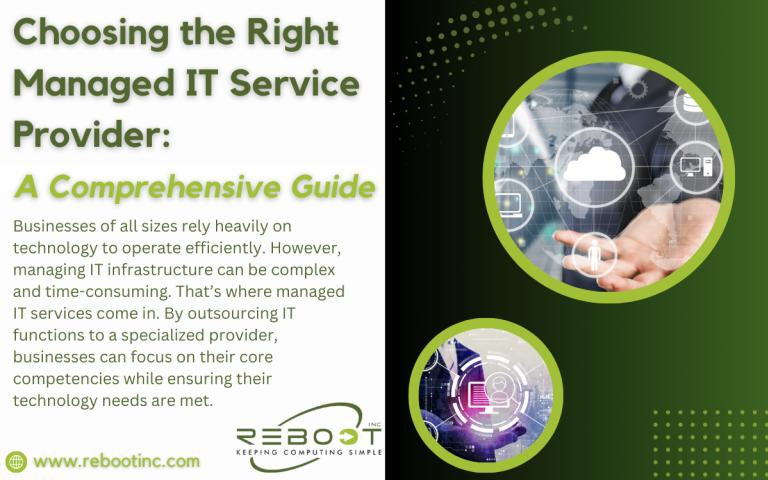User-generated content (UGC) has rapidly become one of the most valuable assets in modern marketing. With the rise of social media platforms and UGC platforms, brands now have more opportunities than ever to harness the power of their community and build meaningful connections. UGC platforms, such as Instagram, TikTok, YouTube, and others, allow users to create and share content that highlights their experiences with products or services, giving brands access to organic and authentic content. UGC provides brands with a unique opportunity to amplify their message, create authentic connections with their audience, and drive engagement.
However, creating a UGC content strategy that drives engagement is not as simple as asking users to post on your behalf. It requires careful planning, clear goals, and a framework that encourages consistent participation. In this article, we will explore how to create a UGC content strategy that drives engagement, focusing on key steps, best practices, and examples to inspire your efforts.
1. Understand the Power of UGC
Before diving into creating a strategy, it’s essential to understand the unique benefits UGC offers. UGC can be in the form of photos, videos, reviews, testimonials, blog posts, and social media mentions. The key advantages include:
- Authenticity: UGC is seen as more genuine and trustworthy than brand-produced content because it comes from real customers.
- Social Proof: When potential customers see others enjoying your product or service, they are more likely to trust your brand and make a purchase.
- Community Engagement: UGC fosters a sense of community, as it allows users to feel involved in the brand’s narrative and encourages interaction with others.
- Cost-Effectiveness: UGC reduces content production costs and provides a steady stream of content for your marketing efforts.
By recognizing these benefits, you can start building a content strategy that maximizes engagement and strengthens your brand presence.
2. Define Clear Objectives for UGC
A successful UGC strategy begins with defining clear and measurable objectives. Think about what you want to achieve with UGC:
- Brand Awareness: You may aim to increase visibility and make your brand more recognizable to a wider audience.
- Trust Building: UGC can help build trust with your target audience, especially if you are a newer or lesser-known brand.
- Increased Sales: Many brands use UGC to drive conversions by showcasing real-life examples of how people use their products and the benefits they offer.
- Community Building: UGC strategies often focus on creating a sense of community by encouraging users to share their experiences and connect with others who share similar interests or values.
Once your goals are clear, you can tailor your strategy to align with those objectives. For example, if your primary goal is to drive brand awareness, you may want to create a hashtag campaign that encourages users to share their experiences on social media.
3. Know Your Audience
A deep understanding of your target audience is crucial for creating a successful UGC strategy. You need to know:
- What content resonates with them: What kind of UGC do they typically share? Do they post photos, reviews, or videos? Are they more likely to share content related to product use, life>
- Which platforms they use: Not all social platforms are created equal. Instagram and TikTok might be ideal for visually driven content, while Facebook and Twitter are better for engagement through text and discussions. Knowing where your audience hangs out is essential for tailoring your approach.
- Their values and interests: What motivates your audience to engage with a brand? Is it a focus on sustainability, inclusivity, or innovation? Aligning your UGC strategy with these values will encourage deeper engagement.
By understanding these key audience factors, you can create more relevant content that encourages your followers to participate and share their own experiences with your brand.
4. Create a UGC-Centric Campaign
A UGC campaign is the cornerstone of your content strategy. Without an organized campaign, users might not know how or why they should engage. Here are some best practices to create a successful UGC campaign:
a. Choose a Campaign Theme or Hashtag
A campaign should have a clear theme or hashtag that users can rally around. This could relate to your product, a cause, an event, or any aspect of your brand’s story. For example:
- #MyNikeStory: Nike could ask users to share their personal fitness journeys and how Nike products have played a role.
- #MadeByYou: A clothing brand could feature how customers >
A good hashtag is easy to remember and reflects the brand’s personality. It should also be searchable so that it’s easy for both the brand and other users to find and engage with UGC.
b. Incentivize Participation
While UGC is valuable on its own, offering incentives can significantly increase participation. Consider offering rewards such as discounts, free products, or entry into a giveaway for users who contribute their content. For example, a beauty brand might give away a free product to the best user-generated video showing how to use their product.
Incentives not only motivate users to participate but also help create excitement and buzz around your campaign.
c. Highlight UGC on Brand Channels
One of the most powerful ways to encourage more UGC is by highlighting user-generated content on your own channels. This could be through:
- Social Media Shoutouts: Repost user content on your brand’s Instagram stories or main feed.
- Email Newsletters: Showcase UGC as part of your brand’s newsletter to highlight your community.
- Website Galleries: Create a gallery on your website showcasing top user-submitted content.
When users see that their content is being recognized and featured, it increases the likelihood of them participating again and encourages others to contribute as well.
5. Encourage Authenticity and Creativity
UGC thrives when it feels organic and authentic. Avoid being too prescriptive with the content you ask users to create. Instead, provide a framework or theme, but allow them the freedom to express their creativity.
Encourage users to showcase your product in real-life situations, share personal stories, or create unique videos that reflect their personalities. For example, a travel brand might ask users to share photos from their trips but allow them to interpret how they incorporate the brand into their travels.
The more authentic and creative the UGC, the more likely it is to drive engagement, as it resonates with other users in a more genuine way.
6. Engage with UGC Creators
Your relationship with UGC creators doesn’t end once they share their content. To foster ongoing engagement, it’s important to actively engage with creators:
- Like and Comment: Interact with users by liking and commenting on their posts. This shows you care about their contributions and creates a sense of connection.
- Share Behind-the-Scenes Content: Give UGC creators a peek behind the curtain by sharing behind-the-scenes content or featuring their stories in your campaigns.
- Involve Users in Decision-Making: Ask UGC creators for input on future products or campaigns. This will make them feel like valued partners in your brand’s growth.
The more you engage with your community, the more they will feel motivated to continue sharing content and engaging with your brand.
7. Analyze and Iterate
Finally, tracking the success of your UGC strategy is essential for continuous improvement. Use metrics such as engagement rates, website traffic, conversions, and overall brand sentiment to gauge how well your campaign is performing. Make adjustments based on what’s working and what isn’t.
For example, if you find that videos tend to generate more engagement than photos, you may want to encourage more video-based UGC in the future.
Conclusion
Creating a UGC content strategy that drives engagement is about understanding your audience, setting clear objectives, and providing the right incentives and support to encourage participation. By focusing on authenticity, fostering community, and leveraging UGC across your marketing channels, you can build a strong and engaged online community that drives meaningful results for your brand. With the right approach, UGC can become one of the most powerful tools in your content marketing strategy.















